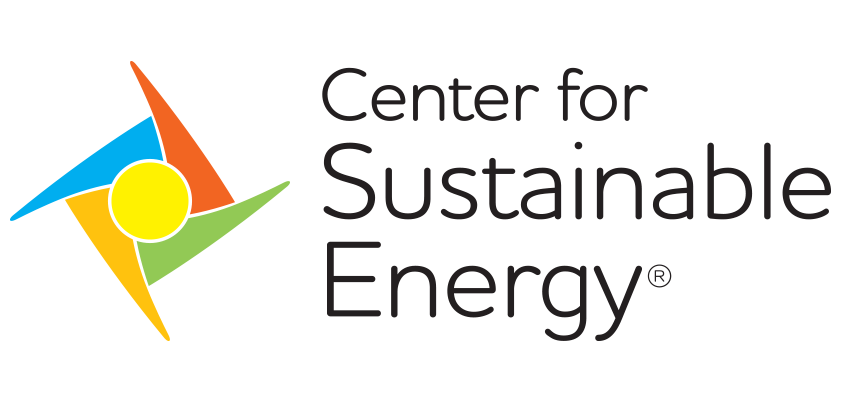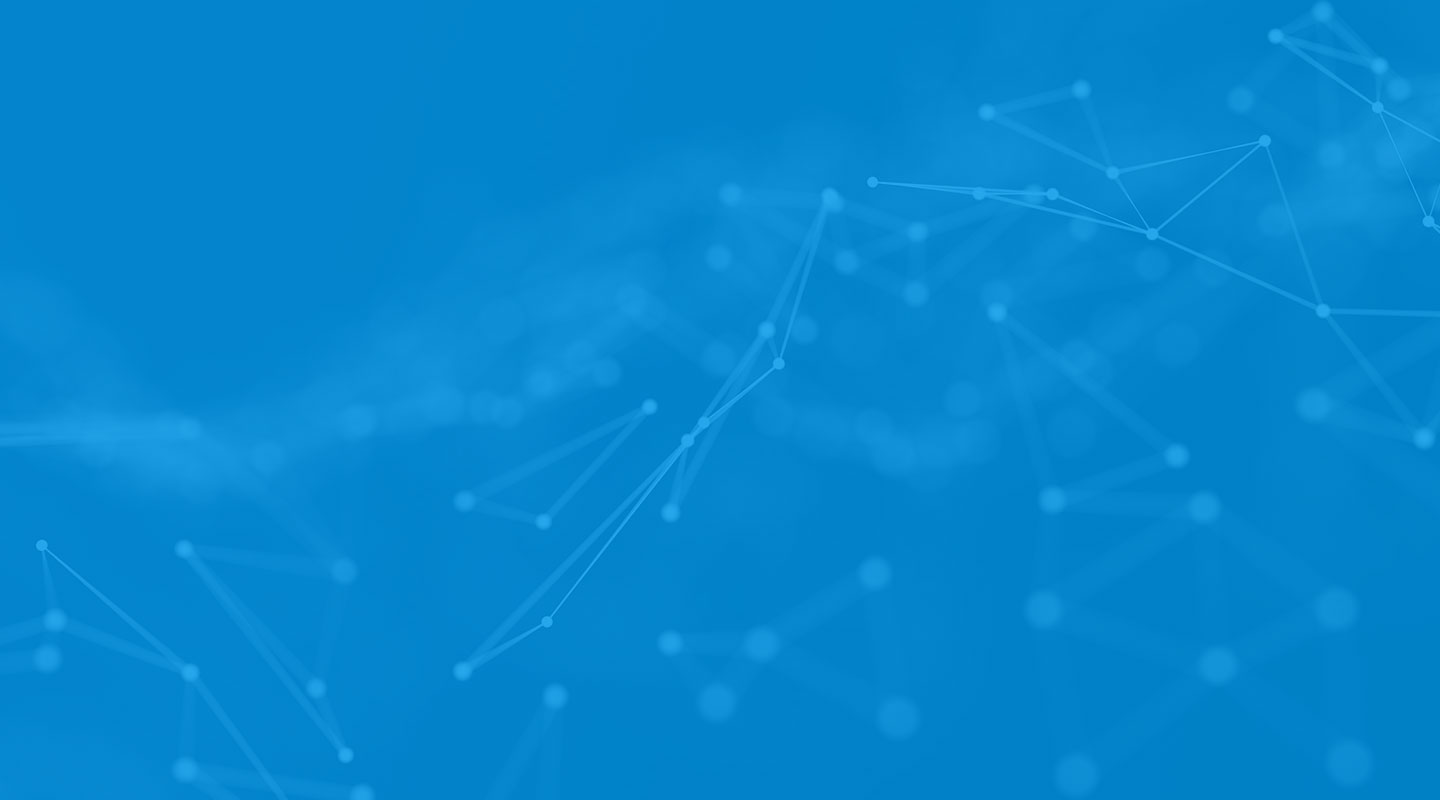States, cities, tribes can apply for $7 billion in federal Solar for All funding

The U.S. Environmental Protection Agency has launched Solar for All, a program to put more solar panels on the homes of low-income families. Up to $7 billion in competitive grants are available to states, cities, tribal governments and certain eligible nonprofits, enabling millions of households to access affordable, resilient and clean solar energy.
With deadlines to apply quickly approaching, we at the Center for Sustainable Energy (CSE) want to help potential applicants by providing a few examples of the types of programs that could meet Solar for All’s goal to assure equitable access to solar power.
How Solar for All Works
Solar for All funds must be used to help low-income and disadvantaged communities deploy and benefit from residential distributed solar. Eligible technology categories for financial and technical assistance include:
- Residential rooftop solar
- Residential-serving community solar
- Associated storage
- Enabling upgrades
All applicants must submit a Notice of Intent to be eligible to apply to the Solar for All competition. States must file by July 31, municipalities by August 14 and all other eligible recipients by August 28. They then must submit a final application by October 12, 2023.
Up to 60 awards, between $25 million and $400 million, will be granted. The EPA expects to start awarding funds by July 2024. The program is funded through the Inflation Reduction Act’s Greenhouse Gas Reduction Fund.
Programs Working Toward Solar for All Goals
A number of programs across the country are already working toward environmental and equity goals to help low-income families gain access to solar power. Here are a few examples that can provide best practices or serve as a template for applicants seeking federal funding.
Solar on Multifamily Affordable Housing
CSE is a key partner in administering the largest solar program for multifamily affordable housing in the U.S., California’s Solar On Multifamily Affordable Housing (SOMAH) Program.
The program focuses on long-term, direct economic benefits for low-income households by reducing tenants’ energy bills. It also seeks to catalyze the market for solar on general market multifamily housing and create local jobs. SOMAH includes comprehensive technical assistance for property owners, tenant education, and job training requirements for contractors.
Lessons learned along the way include creating an eligible properties map to help smaller contractors and minority- and women-owned businesses move into the multifamily sector and instituting a progress payment option to help carry projects through to completion.
The California Public Utilities Commission is funding the 10-year program, which has a goal of deploying 300 megawatts of solar energy capacity by 2030 to benefit low-income and disadvantaged communities.
City-Utility Solar Equity Program
The San Diego Solar Equity Program is demonstrating how utilities and municipalities can make rooftop solar available to homeowners in disadvantaged communities.
As part of its franchise agreement with the City of San Diego, San Diego Gas & Electric is allocating $1 million per year over 10 years to provide rooftop solar at little to no cost to income-qualified homeowners who live in communities that face the highest risk from climate change.
The program, which CSE designed and administers, also addresses the frequent need for electric panel upgrades by offering an incentive of up to $3,500 per residence if needed to accommodate solar. In addition, the program provides $1,000 to homeowners who allow their solar installer to conduct on-the-job training.
Public-private partnerships
The NY-Sun program is an example of a public-private partnership to make solar technology more affordable for homes, businesses and communities.
Administered by the New York State Energy Research and Development Authority (NYSERDA), the program implements incentives and financing and provides educational tools and resources, such as training and assistance, to make renewable solar energy more widely available while lowering energy costs.
Households earning less than 80% of the area median income are eligible for an increased incentive. In addition, NYSERDA offers lower interest rate loans for low-income New Yorkers and those who cannot qualify for traditional financing.
Why Solar for All Matters
Nationally, low-income families spend as much as three times more than the average household on energy. Rooftop solar panels could substantially reduce these families’ energy bills, freeing household funds for other expenses. In fact, Solar for All requires a minimum of 20% total electricity bill savings for households benefiting from the program.
Solar for All will also support clean-energy jobs and increase resilient power while reducing air pollution. We encourage states, cities and tribal governments to learn more about Solar for All and apply for this funding opportunity.

